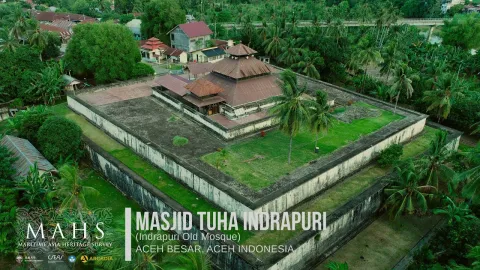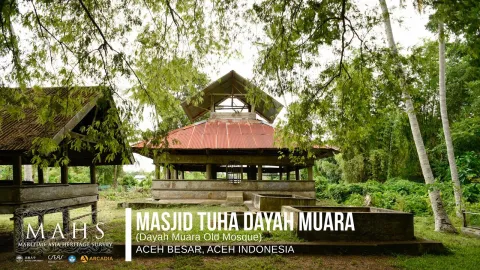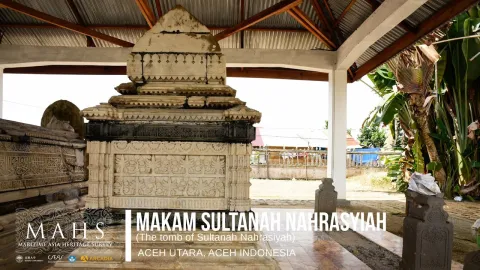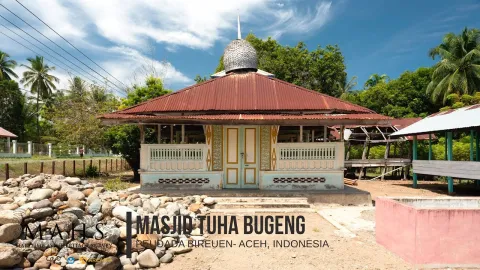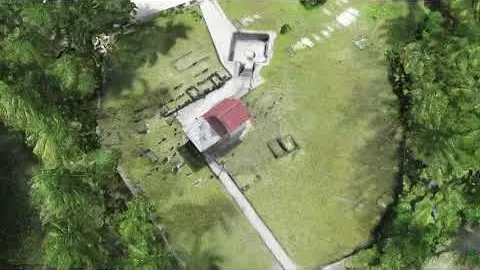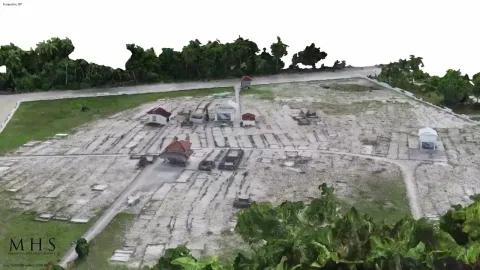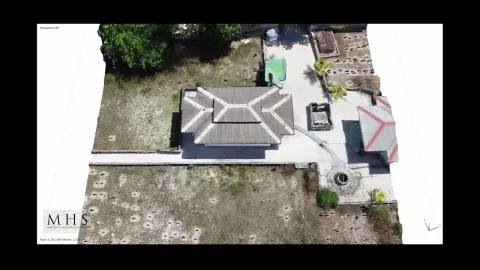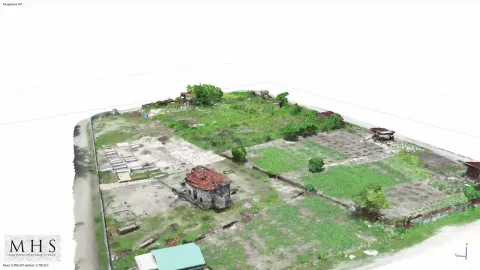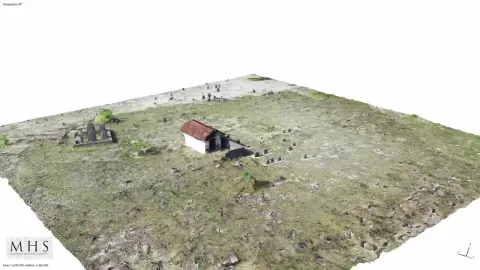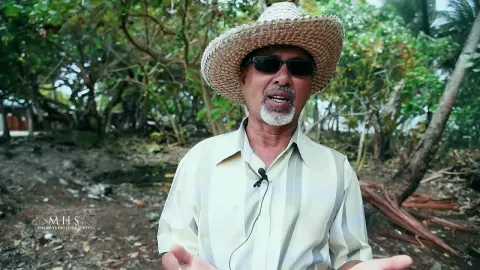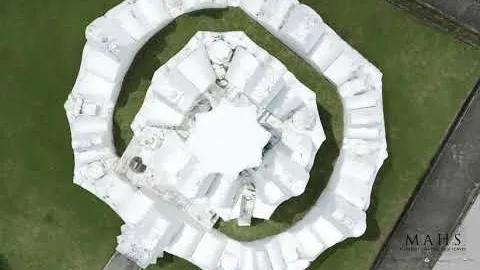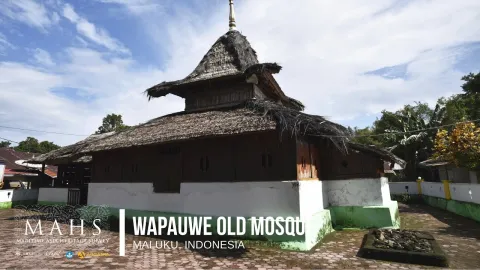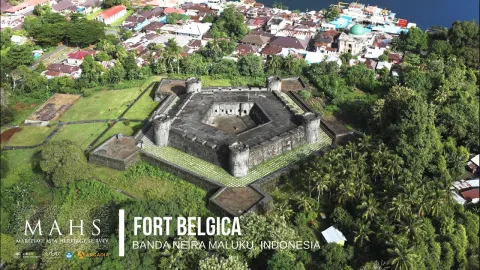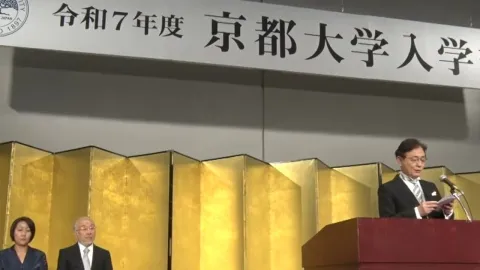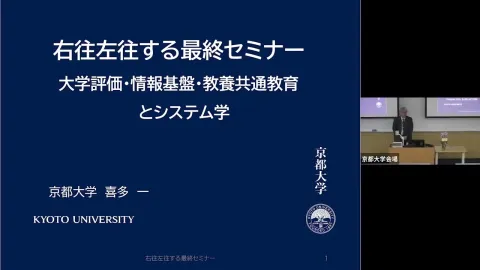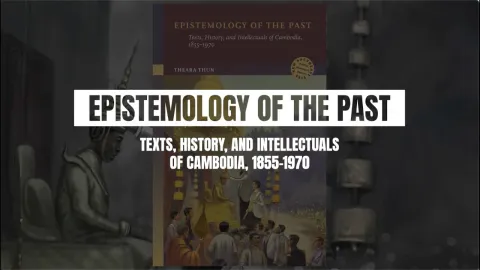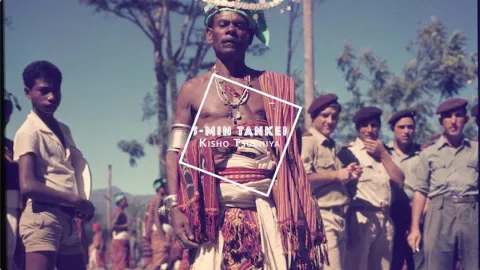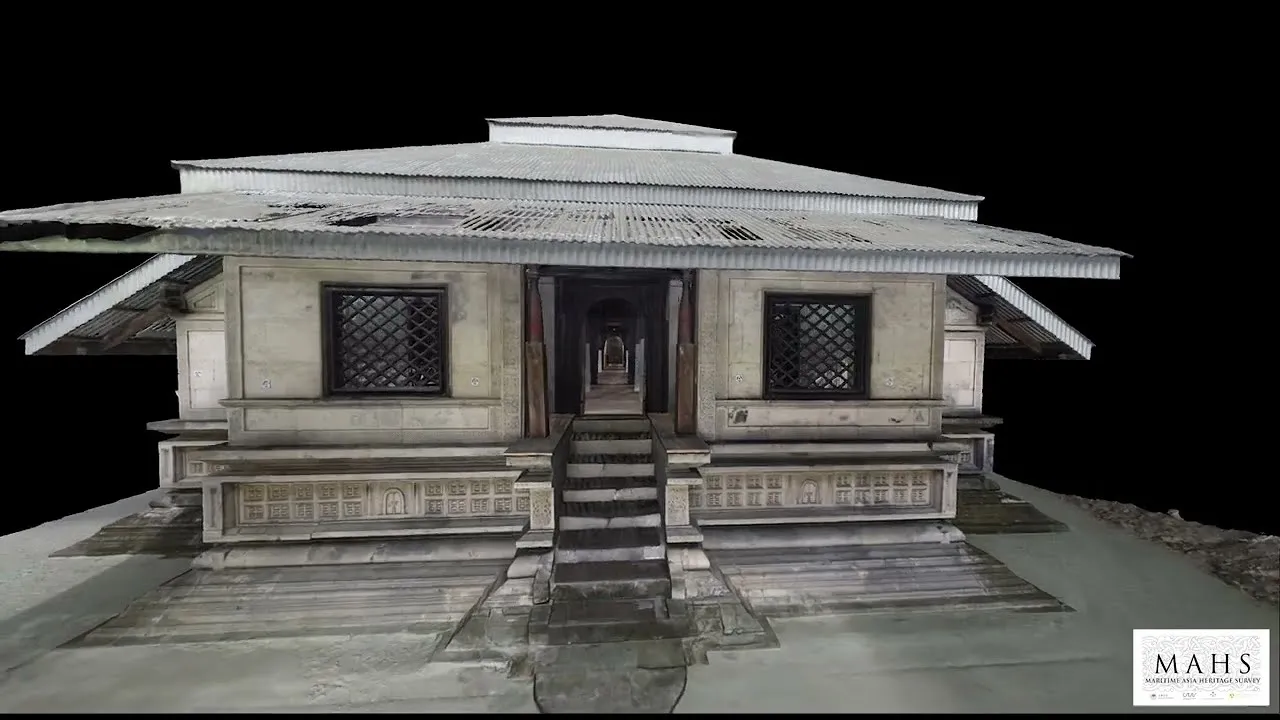
The Great Friday Mosque (Hukuru Miskiyy) of Malé was commissioned by Sultan Ibrahim Iskandar I in 1656 (1066 H.), and completed in 1658 (1068 H.), to replace an earlier mosque on the site. The main mosque building contains two prayer halls (central and outer) along a central axis with three smaller chambers along the qibla wall - the central one containing a simple stone step preaching pulpit (minbar) and an elaborately carved mihrab panel (gibla fila), but there is no recessed mihrab. Verandahs run parallel along the longer two sides of the building.
This Hukuru Miskiyy is the most elaborate surviving example of traditional Maldivian mosque architecture. Its base levels are made of finely joined blocks of coral stone and feature extensive ornamental carving. The upper portions of the structure are of lacquered wood in red black, with particularly elaborate work on the coffered ceiling and the Arabic calligraphy executed on the beams running beneath.
The Maritime Asia Heritage Survey is based at Kyoto University’s Center for Southeast Asian Studies, under the direction of Professor R. Michael Feener. The MAHS has field survey teams working across multiple countries contributing to the ongoing development of an open-access online archive. Our growing dataset of archaeological sites and historical artifacts from the Maldives, Indonesia, and other countries of the region can be accessed at: https://maritimeasiaheritage.cseas.kyoto-u.ac.jp
Background music credit:
Music provided by [NCM] No Copyright Music
Video link:https://youtu.be/_mNlyoi8njI
- 部局
- 分野
- タグ


